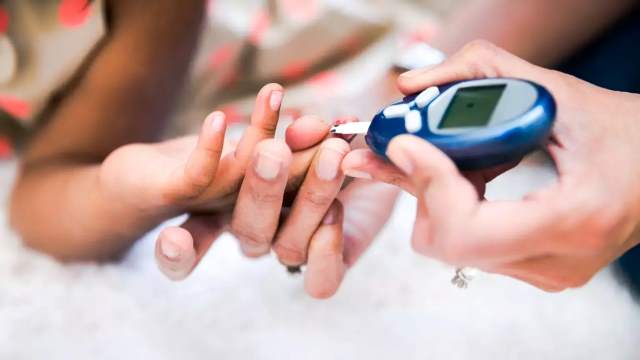Vocal changes appear to occur in people with type 2 diabetes mellitus (T2DM) versus those without diabetes, according to a study published in the December issue of Mayo Clinic Proceedings: Digital Health .
Summary Acoustic analysis and prediction of type 2 diabetes mellitus using voice segments recorded on smartphones Aim To investigate the potential of voice analysis as a pre-screening or monitoring tool for type 2 diabetes mellitus (T2DM) by examining differences in voice recordings between non-diabetics and people with T2DM. Patients and methods A total of 267 participants diagnosed as non-diabetic (79 women and 113 men) or T2DM (18 women and 57 men) according to the American Diabetes Association guidelines were recruited in India between August 30, 2021 and August 30. June 2022. Using a smartphone app, participants recorded a set phrase up to 6 times a day for 2 weeks, resulting in 18,465 recordings. Fourteen acoustic features were extracted from each recording to analyze differences between non-diabetics and T2DM and create a prediction methodology for T2DM status. Results Significant differences were found between the voice recordings of non-diabetic men and women with T2DM, both in the entire data set and in a body mass index (BMI [calculated as weight in kilograms divided by height in meters squared ]) matched by age and sample. The highest predictive accuracy was achieved by pitch (P < 0.0001), SD of pitch (P < 0.0001), and relative mean perturbation jitter (P = 0.02) for females, and intensity (P <0.0001) and the 11 points. Bright amplitude perturbation quotient (apq11, P < 0.0001) for men. By incorporating these characteristics with age and BMI, the optimal prediction models achieved accuracies of 0.75 ± 0.22 for women and 0.70 ± 0.10 for men through 5-fold cross-validation in the sample. of the same age and BMI. Conclusion In general, vocal changes occur in people with T2DM compared to those without T2DM. Voice analysis shows potential as a screening or monitoring tool for T2DM, especially when combined with other risk factors associated with the condition. Clinicaltrials.gov identifier: CTRI/2021/08/035957 |
Comments
Jaycee M. Kaufman of Klick Inc. in Toronto and colleagues investigated the potential of voice analysis as a screening or monitoring tool for T2DM. The voices of 267 participants without diabetes (79 women and 113 men) and with diabetes (18 women and 57 men) were compared.
The researchers observed significant differences between the voice recordings of men and women with and without diabetes, both for the entire data set and in a sample of the same age and body mass index (BMI).
Overall, pitch and pitch standard deviation achieved the highest predictive accuracy.
For women, the relative average perturbation jitter was also significant, as was the intensity and 11-point amplitude perturbation ratio of brightness for men. Combining these characteristics with age and BMI, the optimal prediction models achieved accuracies of 0.75 for women and 0.70 for men in the age- and BMI-matched sample.
"Voice analysis shows potential as a screening or monitoring tool for T2DM, particularly when combined with other risk factors associated with the condition," the authors write.
Final message The material presented here reports a promising application of speech analysis for the detection of T2DM. Although the results are encouraging, further research with larger and more diverse cohorts is required to validate its effectiveness and generalizability. However, our findings highlight the potential of voice analysis as an accessible and cost-effective screening tool. Implementation of voice assessment could assist in the early intervention and management of T2DM, and continued development could reduce the increasing burden of the disease and improve healthcare outcomes. |
Several authors are employees of Klick Inc., the source of funding for the study, and one author is listed as an inventor on two patents for voice-based blood glucose estimation.
















